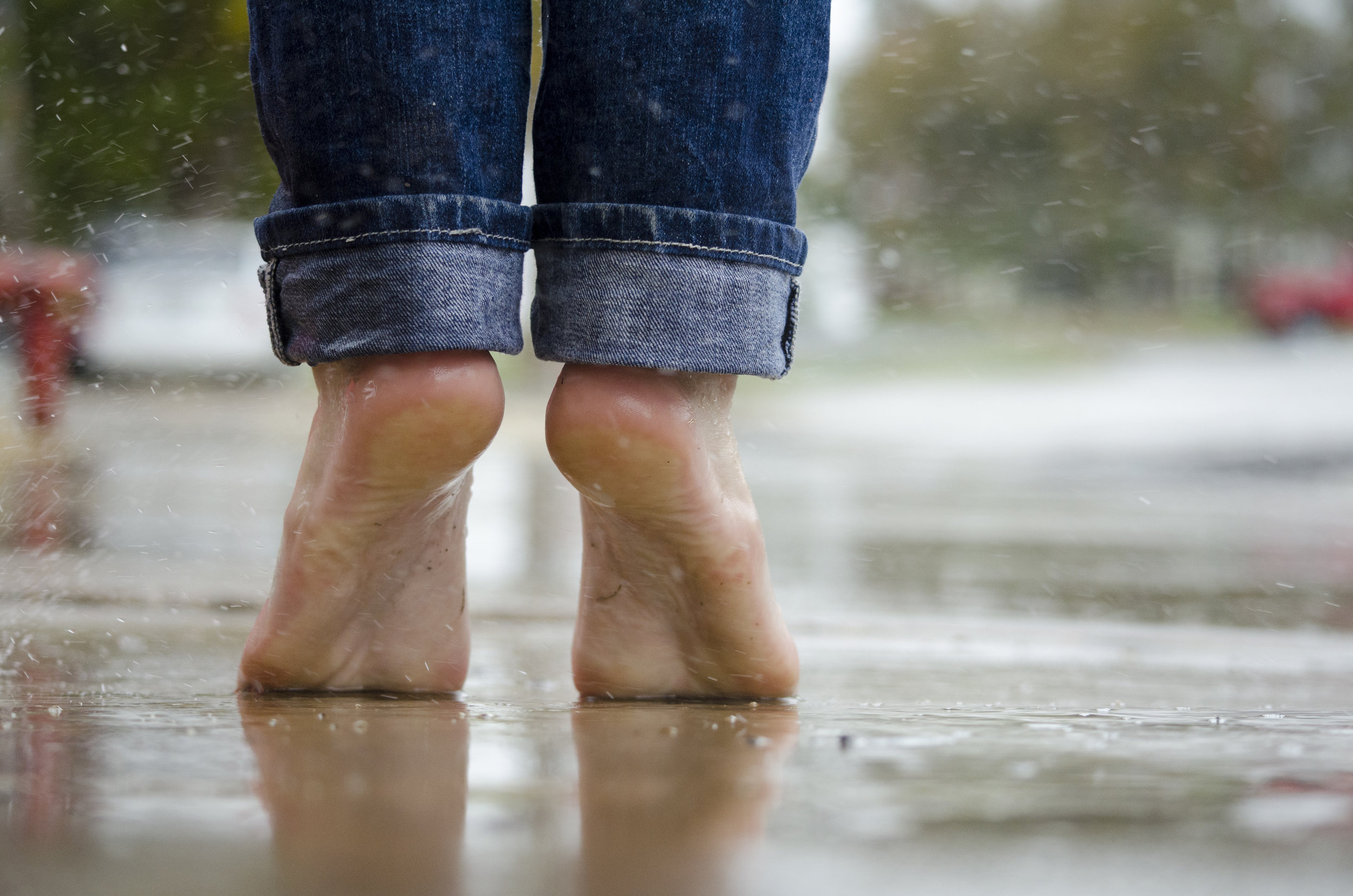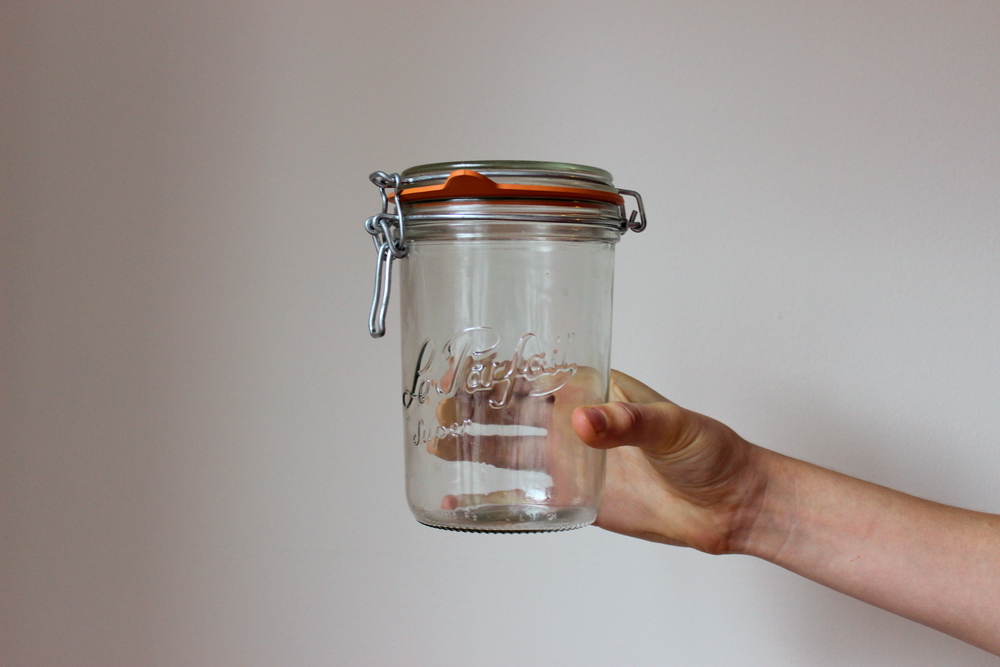A Practical Guide To Detoxing Your Wardrobe And Reducing Your Fashion Footprint

Raise your hand if you think you have more than clothes than you need.
We've all heard about the extremely polluting nature of the fashion and textiles industry which is second only to oil. Yet, let's face it, most of us have way too many clothes. We own garments we've never worn, that we've bought on a whim and banished to the dark corners of our cupboards, that we're hoarding in the hope that we'll one day have the body we covet.
And, we're buying more clothes than we've ever bought before at costs that don't factor in the impact fashion is having on the planet.
Fast fashion is built on the 'more is more' philosophy where no matter how many clothes you own, you never have enough. So, whether you're buying from the big clothing brands, from small boutique labels or having your clothes custom made, the truth is you're still buying too many clothes all of which are adding to your carbon footprint.
Here are our tips for detoxing your wardrobe and reducing your fashion footprint.
1. Do a wardrobe inventory
A wardrobe edit begins with turning your closet inside out. Having all your clothes spread out before you is a good (often overwhelming) way of coming face to face with every item of clothing you own.
2. Declutter
Make 3 piles labelled 'Keep', 'Discard' and 'Repair'. Let your 'Keep' pile contain items that are versatile and easy to transition between occasions and seasons by being easy to wear in different ways, dress up or down, or layer.
Prepare to give away all the things you'll never wear again or haven't worn in the last 6 months. Those jeans you're keeping to wear when you're 3 inches smaller round the waist? That dress you've been meaning to turn into a top. Chances are, if you haven't done it in the last 6 months, things are unlikely to change in the next 6 months. Also get rid of items that don't fit, flatter or feel good. Let your closet contain items that match your style, lifestyle and the weather in your city. No point owning a heavy down jacket in Chennai just because you might travel to snowy New York once a year, right?
Proponents of the 'capsule wardrobe' concept get by with just 30 items, including shoes and bags! The key to a capsule wardrobe is few basic colours, simplicity and versatility. Combine these pieces of clothing and accessories to create a variety of outfits so you never tire of your wardrobe. Girls, Anuschka Rees, author of The Curated Closet has some great tips to help identify your personal style and build a lean closet to match it. Guys, lots of lean wardrobe lessons on Effortless Gent.
Bea Johnson of Zero Waste Home owns just 15 pieces of clothing that she combines into 50 different outfits! How creative is that. Source
4. Keep your clothes where you can see them
Organise your clothes on hangers rather than in stacks so they're all visible and can be used regularly. Bring all the stuff hiding at the back of your cupboard or in drawers out in plain sight.When you can't see all the stuff you own, it's easy to get bored of your wardrobe or feel like you're always short of clothes.
5. Sleep on shopping decisions
Don't buy anything impulsively. Give the urge to shop a day or two and reconsider the decision (even if there are only 2 items left in stock). On Day 3, you'll often find yourself craving the product much less.
6. Set a monthly spending limit on clothes
Pick a low number and work towards sticking to your resolve.
7. Put an artificial moratorium on shopping
Begin with 3 months and then stretch it. Or, resolve to shop only during a special occasion. Unsubscribe from the mailing lists of all clothing brands and turn off notifications from online shopping sites to help you minimise the distractions and spend less time browsing and shopping for stuff you really don't need
8. One in two out
For every item of new clothing you buy, give two away. Don't hesitate to give away clothes in perfect condition. Most of us think of giving clothes to charity only when they're torn, faded, or worn beyond repair, making them as useless to the recipient as they were to us.
9. Less is more
Fashion maven Vivienne Westwood offers some swell advice here: 'Buy less. Choose well. Make it last. Quality, not quantity.' This would mean avoiding sales - places where no rational decisions are ever made. It makes better fashion sense to own few pieces of good quality clothing that may be expensive but are versatile and will last a long time. Buy cuts and colours that suit your lifestyle and personal style rather than stocking up on heaps of super fashionable pieces that you'll never wear.
10. Cut down the colours
À la Steve Jobs' signature black t-shirt and jeans or Mark Zuckerberg's daily grey. Other celebs known for outfit recycling are Adele who wore the same Burberry dress for her entire NYC tour and Vogue editor Anna Wintour, known for picking key pieces that she then recycles throughout a season.
Most of us already wear a few colours that we like or that look good on us. Pick a palette of 3 or 4 colours that are easy to combine into different outfits and can be worn as formal and casual wear. Cutting down the colours means you'll need to buy fewer accessories, shoes and bags to create an ensemble.
10. Know your fashion facts
The more you know about how and where your clothes are made, the better equipped you are to make informed shopping choices. Start by finding out something about your favourite fabrics: For instance, cotton is a crop that's water-intensive and pesticide-hungry, synthetic fabrics are non-biodegradable and are made using petroleum. Polyester-cotton blends are impossible to recycle and dark colours use more water to manufacture.
11. Learn damage control
Learn some basic techniques to repair damaged garments instead of discarding them without a second thought. Aim to be able to sew on a loose button, fix a tear or a fallen hem, and get rid of stains.
12. Give your favourite clothes an afterlife
Whether it's a pair of jeans you're sentimental about or a gorgeous heirloom sari, turn them into bags, quilts, coasters or other useful items that will allow you to further cut down the number of things you buy.







